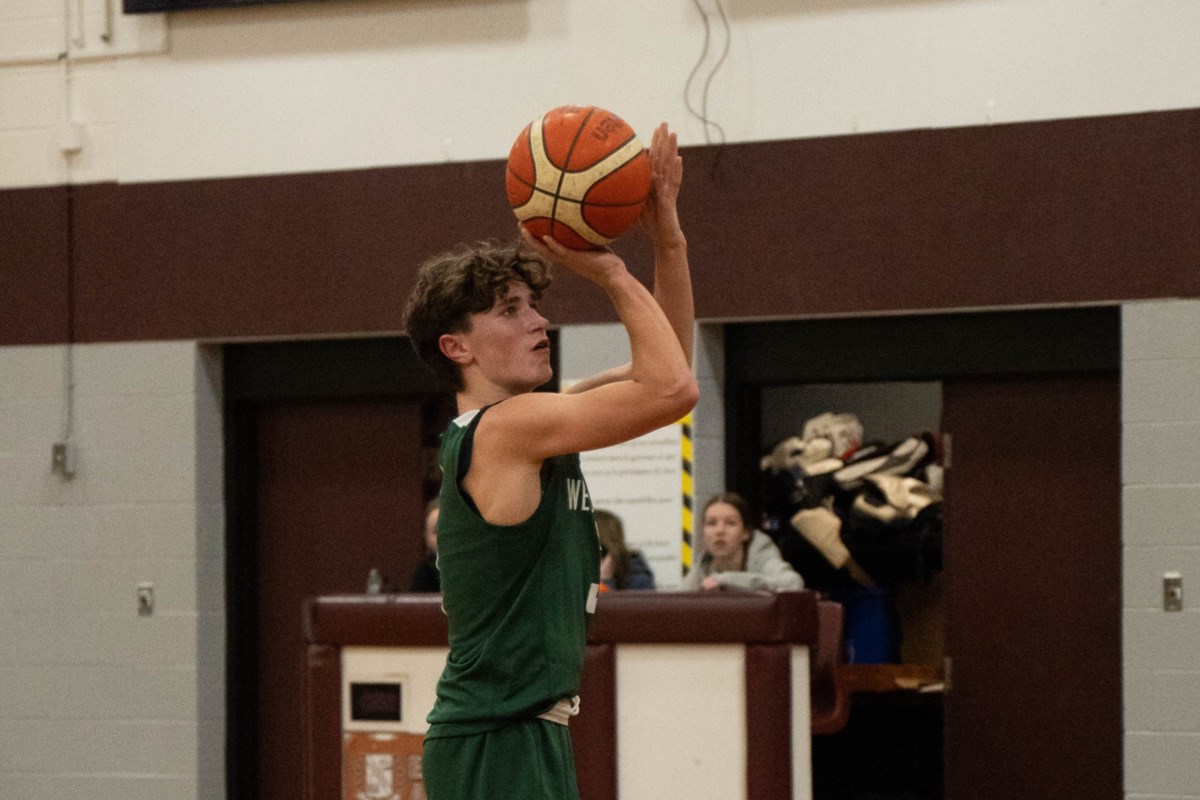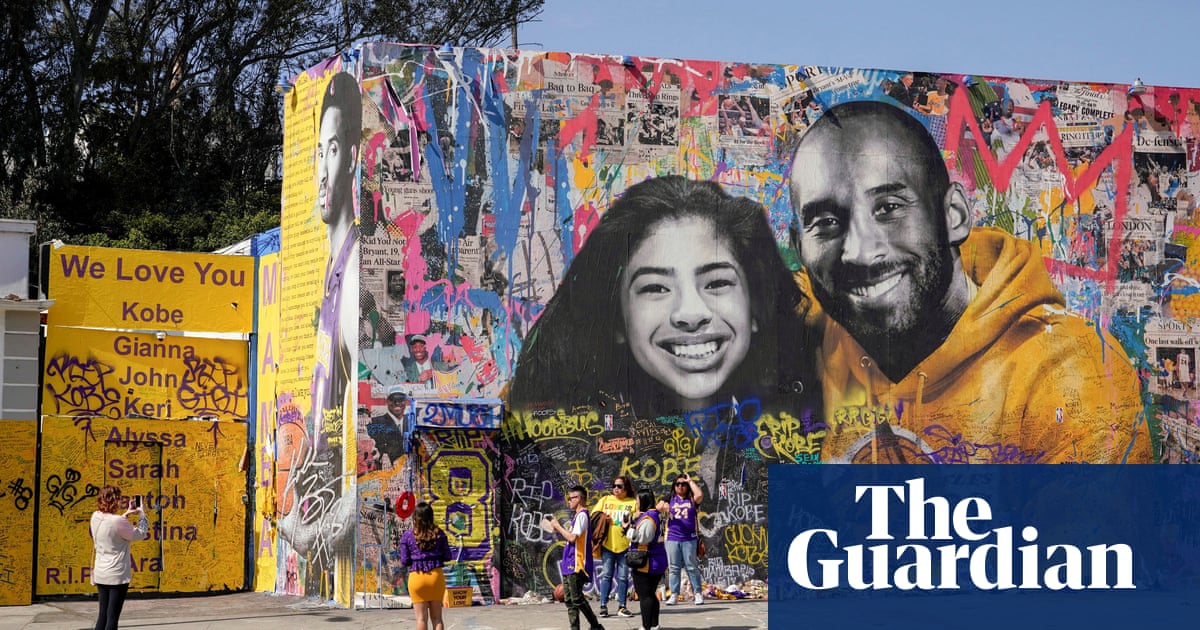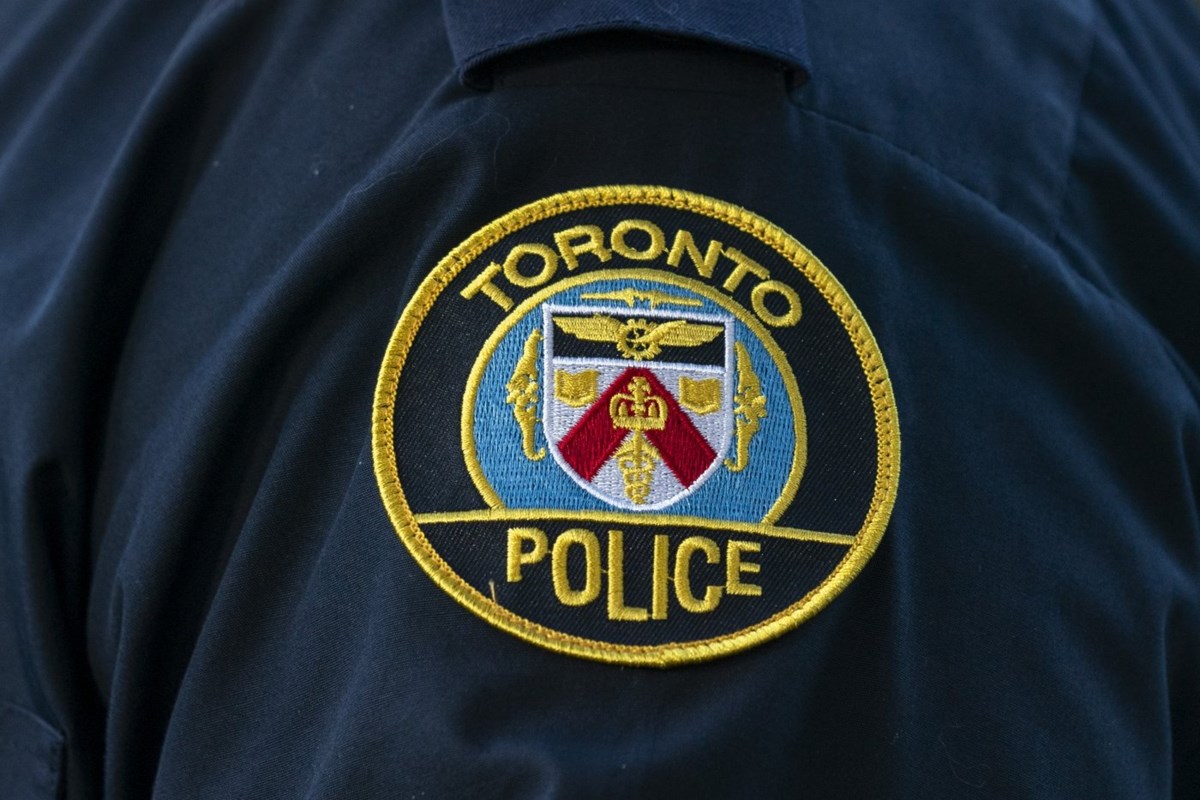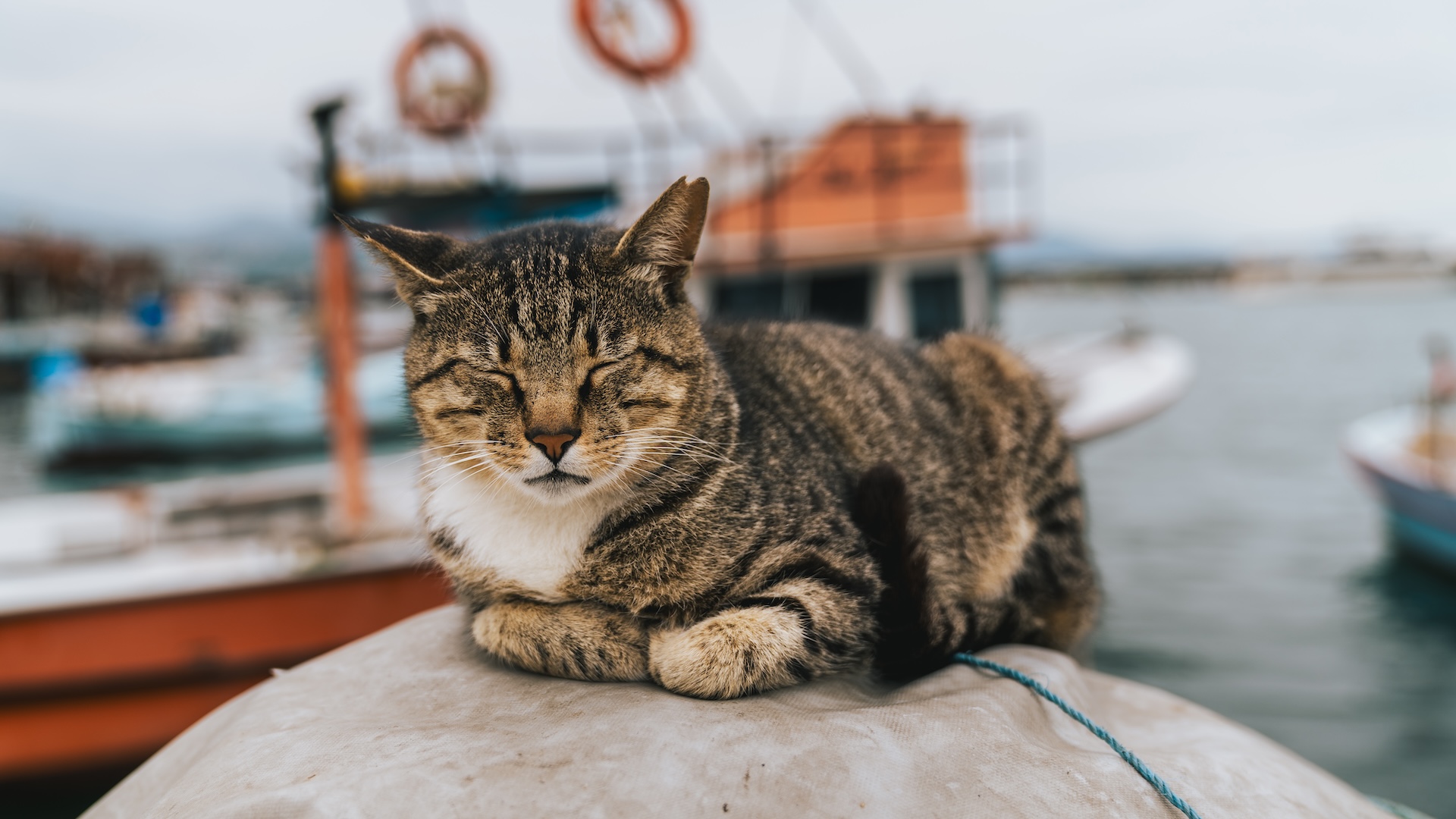Ireland’s Community First Responders: Making the difference between life and death
It is just over a year since one of Christian Kostner’s few neighbours on Dursey Island in West Cork suddenly became very unwell. “It was pretty bad and people weren’t sure what it was. The ambulance was called and it took forever.” He reckons nearly an hour had passed before the first responders arrived via a seven-minute ride on Ireland’s only cable car, which connects the island to the mainland. “If it had been a serious heart emergency, an hour is far too long,” he points out. “And I’m across the road.” When he chatted to some of the emergency team outside the house, he out they were volunteers from the nearest Community First Responder (CFR) group on the mainland. These are people from all walks of life who are trained to attend certain types of potentially life-threatening emergencies in the area where they live or work, while an ambulance is on its way. (In the Dursey incident, it later transpired that the CFRs who had arrived first to take the cable car to the island were told to wait for the ambulance crew, which initially was believed to be not far behind.) Kostner, born in Berlin but a self-described “professional foreigner”, having lived all over the world, thought CFR sounded like a great idea and something he should sign up and be trained for. “If anything like that happens again on the island, wouldn’t it make sense to have someone there?” He has since completed basic CFR training with the group in Lehanmore at the tip of the Beara peninsula, just across from the island. But he has agreed with the regional CFR engagement officer that he will do further training for a wider variety of incidents. “So if a tourist breaks a leg up on the hill or a farmer gets trampled by a cow, the ambulance knows that there’s someone with the basics there and I can be the liaison.” When Kostner, who works in cybersecurity, moved to Dursey with his wife Sheila O’Callaghan from north Cork, they doubled the island’s all-year-round population. But there are about 15 habitable houses, mostly used by farmers at various times such as lambing or calving season, and a couple are available for holiday lets. In the summer, the cable car also brings plenty of daytrippers and walkers to the island, which measures 6.5km long and 1.5km wide. He meets regularly with other members of the 20-strong Lehanmore CFR group for refresher training. It is one of 326 schemes now operating around the country, 20 years after the first one formed in 2005. An estimated 4,500 volunteers are involved in the network and they are all trained in at least basic life support and the use of defibrillators. Each group is self-managed and self-funded under the guidance of the National Ambulance Service (NAS). Members are alerted when a 112/999 call is made relating to reports in their locality of cardiac arrest, chest pains with risk of heart attack, choking and suspected stroke. In such situations, where every minute counts, they can and do help to save lives before the professional paramedics arrive. Unfortunately, says NAS community engagement officer Ger O’Dea, it usually takes a tragedy in a community before people say, “if only we had had a Community First Responder scheme, we may have given that person a better chance”. CFRs do that, not only by responding to call-outs but also through teaching other members of their community the basics of cardio pulmonary resuscitation (CPR) and by fundraising for defibrillators. For every minute that passes without CPR, the chances of surviving a cardiac arrest drops by between 7 and 10 per cent, says O’Dea, depending on age and health condition. So it is vital a bystander attempts CPR before the more skilled Community First Responders arrive to take over, who in turn hand over to the ambulance crew. There were 2,857 incidents in 2023 at which resuscitation was reported to have been attempted, according to the latest Out of Hospital Cardiac Arrest (OHCA) register for 2023, complied by the NAS. In 85 cent of cases there was “bystander CPR” (in 2012, that rate was just 60 per cent). A total of 240 people, or 8.4 per cent, who had a cardiac arrest in the community that year were able to go home to their families from hospital. This was a 1 per cent rise in survival rates on 2022, which means an extra 34 lives were saved. “Irish people now have no fear in stepping up and performing CPR,” says O’Dea. That’s down both to general education around CPR “and the fact that our emergency call takers in the National Emergency Operations Centre will ask somebody to perform CPR and they will stay on the line with them the whole time until help arrives, and they guide them through absolutely everything that needs to be done”. The OHCA report notes that CFRs delivered the first shock in 14 per cent of cases where patients were defibrillated. Almost a quarter (24 per cent) of patients who received their first shock from CFRs were later discharged from hospital. “They are making a huge difference in the community,” says O’Dea. Due to the busyness of the ambulance service and its geographical spread, particularly in rural Ireland, “we need somebody to be there who can perform chest compressions and keep the person’s heart pumping and blood pumping around the body until the emergency services do arrive”. The NAS supports any community to set up a CFR scheme (becomeacfr.ie) but cannot direct them to do it. It welcomes the increasing number popping up around the country, but there is still no group in Co Roscommon, says O’Dea, while Co Cork has the highest total, at 49. All volunteers receive NAS training to the basic life support level of community first response. Some get more advanced training, enabling them to use a breathing bag and insert a tube into the airways. Now, says O’Dea, they are expanding to train first aid responders who can attend to people who suffer a minor accident or injury, particularly among any group operating on one of the offshore islands. “We’re starting to enhance their skills up to the level of emergency first responder, which is a five-day course, because, unlike the mainland, they could be cut off for quite a time waiting for a lifeboat or a helicopter a ferry or whatever the case may be.” The biggest development for the 20th anniversary of CFR will be the rolling out of a specially designed phone app to help volunteers respond and communicate more quickly. When CFR started in 2005, with one of the first groups forming in Dunlavin, Co Wicklow, emergency call takers in each health board region would have the phone numbers of volunteers to ring; in 2008 they moved on to texting. [ Young Scientist exhibition winners: Three Kerry sisters develop app to improve emergency responseOpens in new window ] “Now what happens is when the ambulance computer realises that this is a cardiac arrest and it falls within the catchment area of a Community First Responder scheme, it’ll automatically send a text message out. It’s completely system-led and you’re not relying on a human to press a button.” O’Dea says the HSE has made “a significant investment” in the development of the CFR app, which will take users straight into a mapping system and provide up-to-date information on a call. It is currently being tested by 60 people but should be available to all volunteers before the end of the year. “That will make a huge difference to how they respond,” he adds. “They are just a tremendous bunch of people that don’t do anything for praise. They just do it to be able to go out and help their community.” Local heroes The connected nature of Community First Responders (CFRs) was brought home to Paul Maguire when his group was called to the cardiac arrest of a man who lives in the same small Co Kildare housing estate as him – “and we got him back”. “It just shows what you’re doing in a community is local, and it makes a difference,” he says of the 2022 incident involving runner Paul Nolan, who collapsed when out training with friends at Newbridge Athletics Club. Happy endings are against the odds, but the CFRs do all in their power to increase the likelihood of survival. “It’s never a given that just because we get to the scene we can save people,” says Maguire, a founding member of Newbridge CFR, and recently succeeded as chair by Paul Phelan - which has been operating for just over five years. “We can help; we’re part of a first response.” They have resuscitated people who later died of medical complications. [ Community First Responders: ‘She thought we were angels that had dropped out of the sky’Opens in new window ] “We are, for want of a better word, the mechanics, the housewives, the husbands, the fathers, whatever, in the community. Most of the people that come to us, that we train, have absolutely no medical experience, and it’s not required. Sometimes it is the first time they have seen anybody dead – and it is traumatic.” There is always peer support and debriefing within a group. A “step up” post-trauma service is provided by the National Ambulance Service if any of the volunteers continue to have difficulties after an event. While CFRs nearly always arrive before an ambulance, once the professionals are there, the volunteers’ role is more as carer to family members, says Maguire. “People kind of know us on a personal or local basis,” he says. Even before the ambulance is there, they will be gathering information, such as a person’s medication, to inform the paramedics. The Newbridge group, which operates in a 5km radius from the town’s library, receives between 12 and 15 alerts a month. Volunteers are rostered as “on cover”, usually for 12 hours at a time, as they go about their daily lives but prepared to drop everything if necessary. “It’s a commitment, but it’s not a massive commitment. It’s just something that we do because we want to do it,” says Maguire, a retired mechanical engineer. The group has about 20 active members but they are always looking for new volunteers. Apart from call-outs, the scheme members are involved in education, demonstrating CPR in sports clubs and other social settings. It is a skill which everybody can, and should learn, he stresses. Newbridge CFR also raises both awareness and funds for defibrillators. Not only do they equip the “grab bags” held by senior members but they also identify areas of the expanding town that need one, including within housing estates. There are at least 24 publicly accessible defibrillators now, with one of the four on the main street known as the “golden goose” because it has been used in the saving of three lives. Nobody knows the time or the place when their life might depend on the response of their immediate community.


















